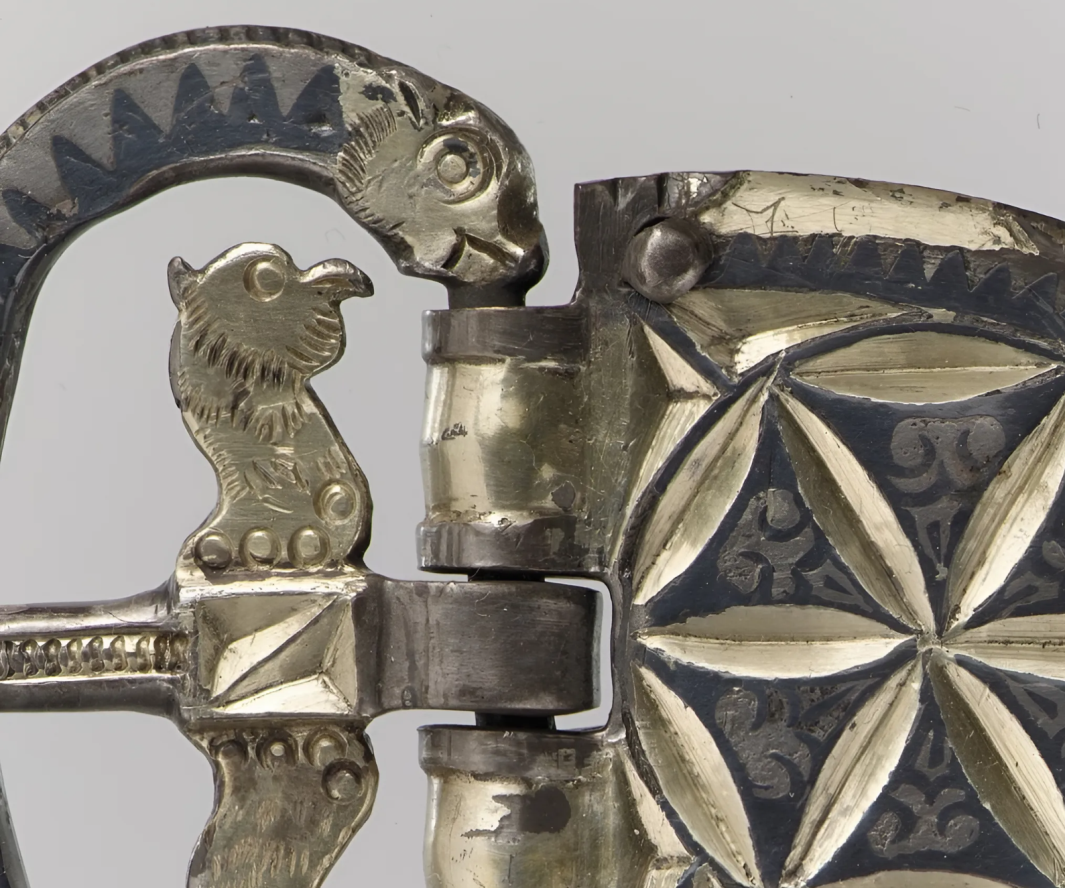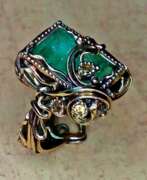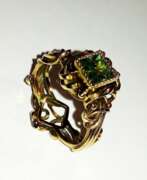Niello

Niello
Niello is a historical art form known for its striking contrast between dark inlays and bright metals. Originating in ancient Egypt, this technique uses a black mixture of sulfur, copper, silver, and lead to fill engraved designs on metal surfaces, typically silver or gold. The result is a distinctive, visually arresting effect that highlights intricate patterns and inscriptions.
Throughout history, Niello has seen widespread use across different cultures. The Romans were early adopters, using it for luxurious goods and weapons. The Byzantines refined the technique, applying it to church artifacts and jewelry. By the 9th century, Anglo-Saxon and Celtic artisans in Europe were also creating nielloed pieces, a tradition that continued into the Renaissance. Notably, Maso Finiguerra, a Florentine goldsmith, played a crucial role in the Renaissance revival of this art, though myths about him accidentally inventing printing through niello work are unfounded.
In modern times, Niello remains celebrated for its unique beauty and historical significance. Collectors and art enthusiasts prize niello pieces, which are often displayed in museums and galleries worldwide. Examples include the Mildenhall Treasure and Hoxne Hoard from Roman Britain, showcasing niello’s enduring appeal through centuries of artistic evolution.
For those interested in updates on niello products and auction events, subscribe to our newsletter. Stay informed about the latest in niello art and add timeless pieces to your collection.
| Country: | Ancient Egypt, Asia, Byzantine Empire, Europe, Near East, Roman Empire, Russia |
|---|---|
| Start of the period: | 1550 BC |






